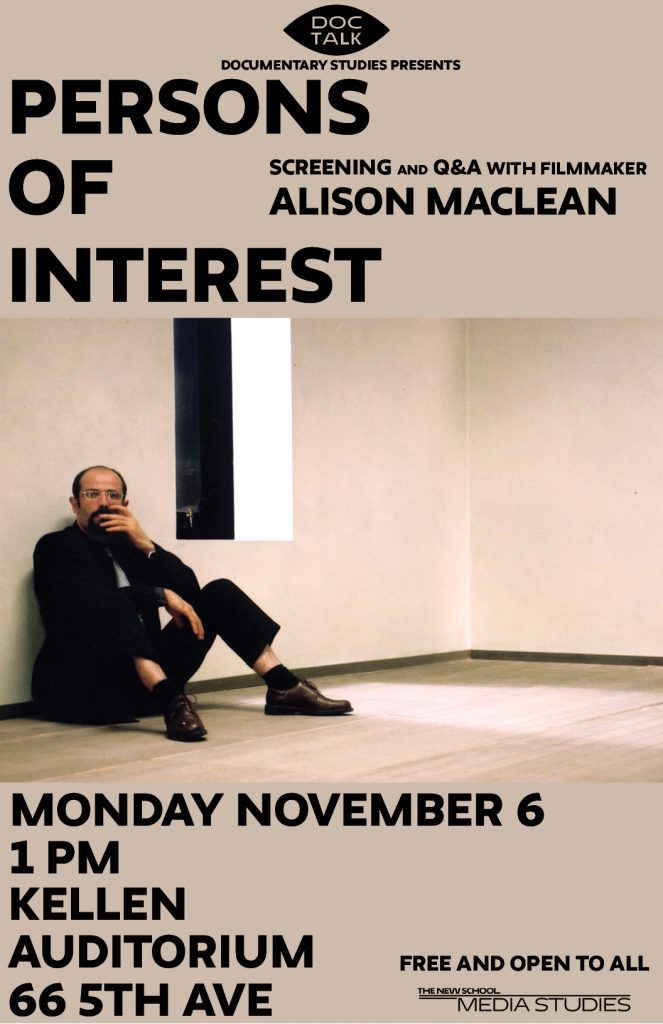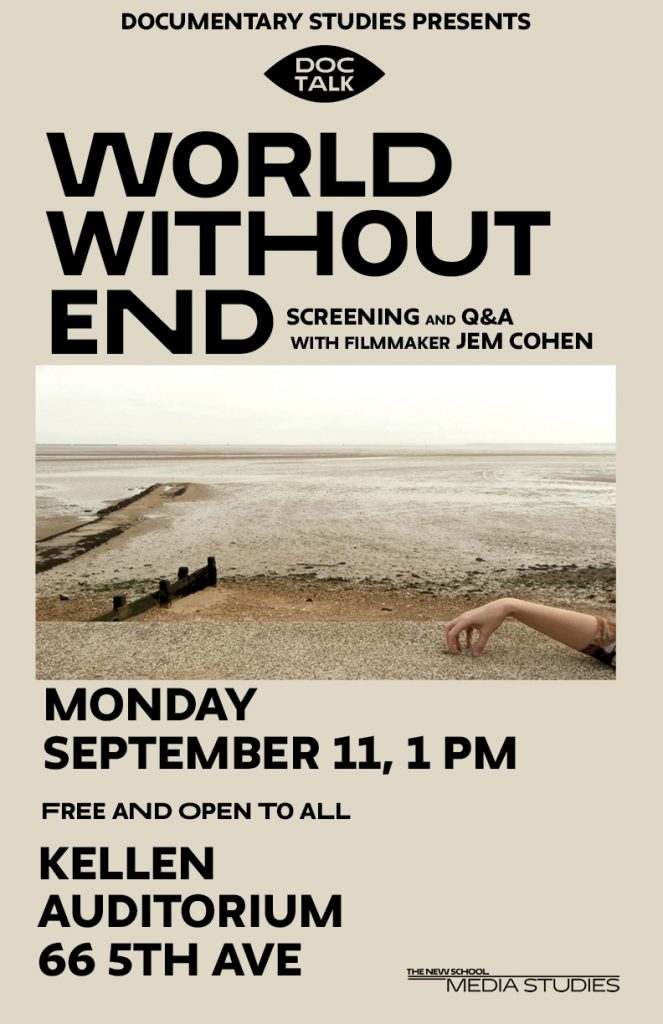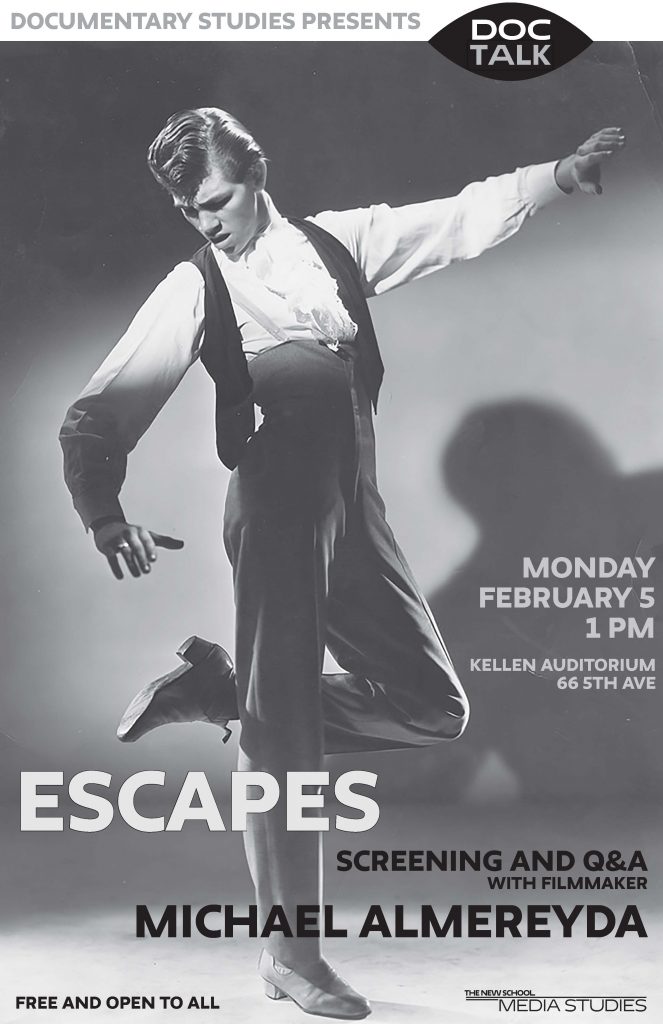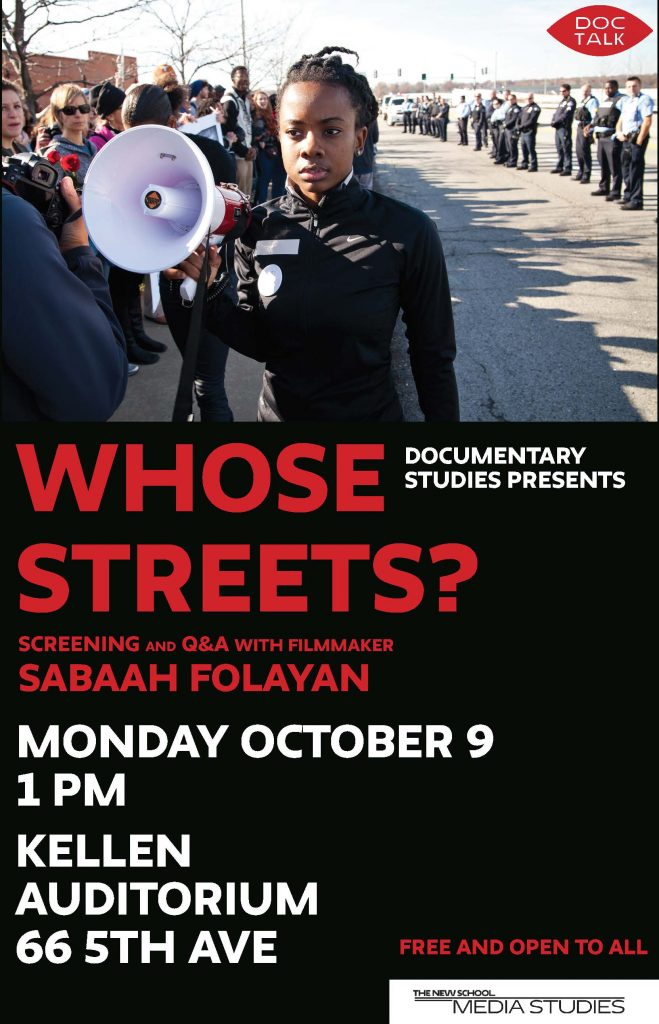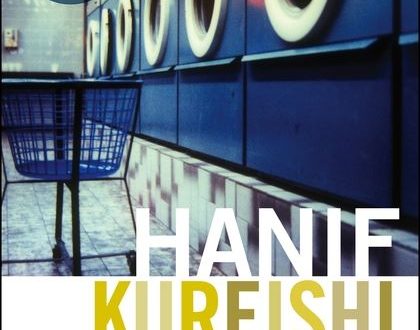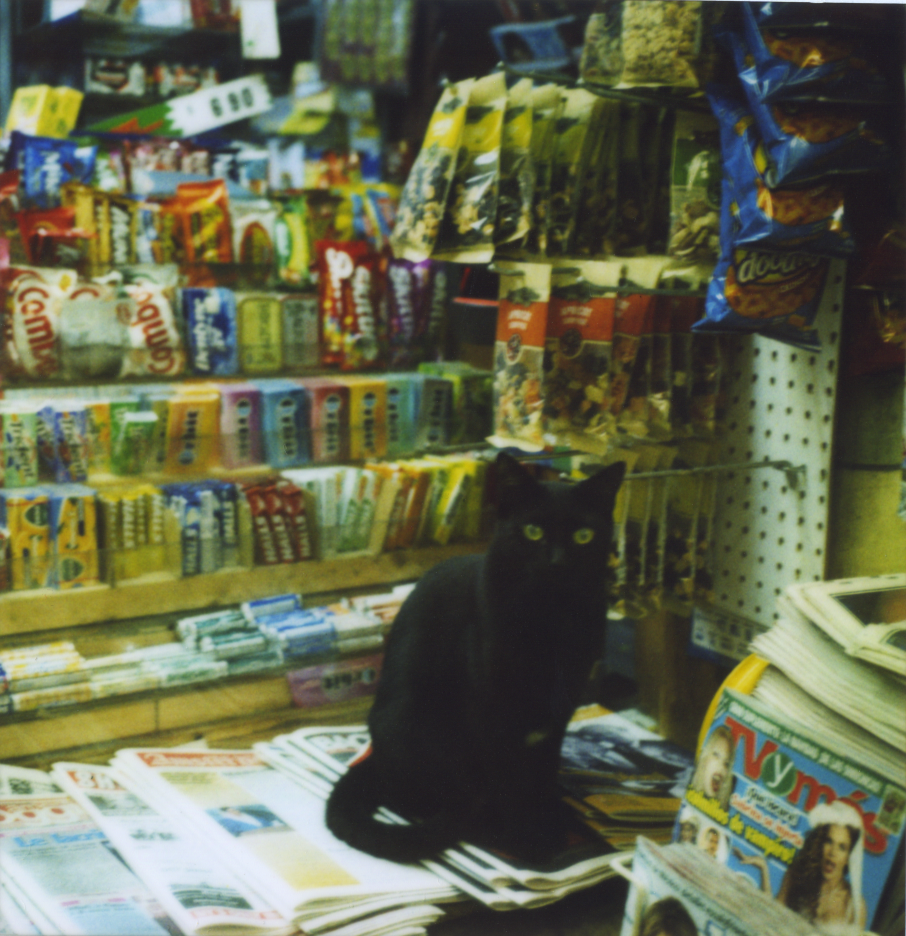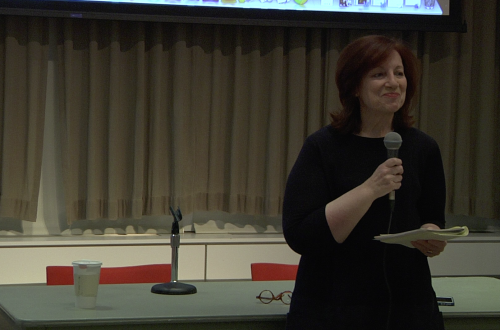Pedagogy
Deanna deeply impacted her students in courses throughout her time in the department. Here are a few of the courses she taught in the Doc Studies Certificate program:
Documentary Project, Deanna Kamiel
“The dominant, all-powerful factor of the film image is rhythm, expressing the course of time within the frame.” ~ Andrey Tarkovsky, Sculpting in Time
“Pudovkin held that if a film narrative was to be kept continually effective, each shot must make a new and effective point.” ~ Karel Reisz, The Technique of Film Editing
COURSE DESCRIPTION
Finding the heart of the film is the work of this semester-long course in documentary post-production. It takes the form of a studio workshop with in-class screening and discussion of ongoing individual projects. Consider it home base, a forum for developing your film through progressive stages of production and editing: pick-up shoots, logging, transcribing interviews, organizing footage, pulling selects, creating
assembled sequences, rough cuts and fine cuts. Our purpose is that elusive term ‘structure’, which begins with knowing your material, selecting it, distilling it, then ordering and constructing it in film time.
As Tarkovsky says, the dimension of time is cinema’s distinguishing feature among the arts. Stories, characters, ideas and images propel a film, but time and rhythm (‘time pressure’, Tarkovsky’s term) give it
life.
GUESTS AND FIELD TRIPS — Our class will also feature a number of guests from the field, including Ryan Krivoshey, distribution director for Grasshopper Film, Sandi DuBowski, outreach director for Good Pitch/Brit Doc, and editor Jonathan Oppenheim. We will also attend this year’s Doc Fortnight 2018 at the Museum of Modern Art.
Directing Documentary, Deanna Kamiel
“Give us adequate images. We lack adequate images. Our civilization does not have adequate images.” ~ Werner Herzog
COURSE DESCRIPTION
Directing Documentary is an advanced production course for the making of provocative documentary work. From the Maysles brothers’ Salesman to Laura Poitras’ Citizenfour to Ava DuVernay’s 13th, the documentary serves as an index of our humanity. Presciently, many docs of the past decade have
adopted a sci-fi tone or dystopian framework, offering signs of a future that has not yet surfaced but, nevertheless, is within observational range of the camera frame: Herzog’s Encounters at The End of the World, Geyrhalter’s Our Daily Bread and Abendland, Castaing-Taylor and Paravel’s Leviathan, Agnes Varda’s The Gleaners and I, Sauper’s Darwin’s Nightmare, Jem Cohen’s Counting, and Adam Curtis’ HyperNormalisation. The art of record, as theorist John Corner says, is telling. In the past year, however, we have found that the future is fast upon us, and in films like Raoul Peck’s I Am Not Your Negro and Sabaah Folayan’s and Damon Davis’ Whose Streets, the documentary has responded with ever greater power and speed to the news cycle and to the issues surfacing in global political culture.
The focus of the course is directorial. Documentary, whether web-interactive or full-screen cinematic, has a sophisticated language of sound and image that makes it a director’s medium. To that end we explore the range of documentary modes and techniques — historical and contemporary — and apply them to individual student projects in developmental stages from story conceptualization to final cut.
Each student makes three pieces: two brief exercises (1 to 2 minutes); and one major piece (under 12 min.)
Since the purpose of the course is to give form to significant subjects, emphasis is placed on craft and film language: camera, sound, lighting, editing; and documentary shot fundamentals (the single sustained shot, selective observation in shooting, structural scene construction, continuity and coverage, and montage).
The Cinematic Place, Deanna Kamiel
“The movement of light is the core phenomenon of the moving image. It’s interesting that this initial manifestation of cinema was completely eclipsed by other concerns. “ — Peter Hutton, filmmaker
“Rarely has the idea and importance of place been more prominent in culture and thought than it is at the moment. There are many reasons for this, not least the effect of globalization, with its spread of ‘sameness’… As things are erased, so they become even more significant.” — Grant Gee, filmmaker
COURSE DESCRIPTION
Films, whether narrative, documentary or visionary, take place. All films, says Andrew Higson, ‘require space in which they can unfold’. In mainstream film, that space is often subsumed by plot or dramatic arc — the prevailing needs of the dramatic narrative system. However, the purpose of this production course is to give pride of place, so to speak, to the cinematic power and value of place itself: to create an atmosphere in which we make films which regard place, space and locale as subjects in their own right, not merely as background or backdrop. Students will make individual short works that express their sense of a specific place in time through the camera eye.
Television and Ideas, Deanna Kamiel
COURSE DESCRIPTION
Television and Ideas is an advanced course for the making of original work for television. The class serves as an autonomous production unit, inviting or commissioning new material. We begin with ideas –narrative (fiction or non-fiction), documentary, theoretical, aesthetic, commercial or web-oriented — and develop those ideas through consecutive stages of production from concept to final edit. Each student makes one individual major piece during the course of the semester, and completes one brief
exercise. Emphasis is placed on camera, sound and editing technique. Choice of form is open. Students have the opportunity to work in the form or mode that best suits the expression of their particular idea: fiction, documentary, essay, comedy, satire, experimental, visionary, web, performance or genre tv. Those with critical or provocative views towards existing media are encouraged to give shape to their convictions in the form of ground-breaking new television. (Traditionally in this course the term
‘television’ denotes any form of recorded moving image and sound.)
In addition, some critical discussion time (and readings) at the beginning of the semester will be reserved for a close look at television as an historical, global and contemporary institution; and as a public and internet space.
DOC TALKS: A weekly documentary screening series organized and presided over by Deanna Kamiel.
